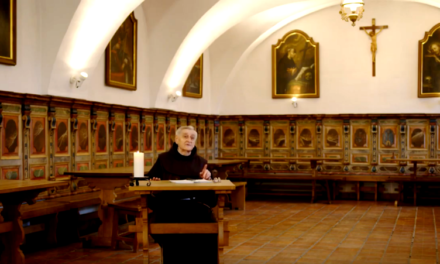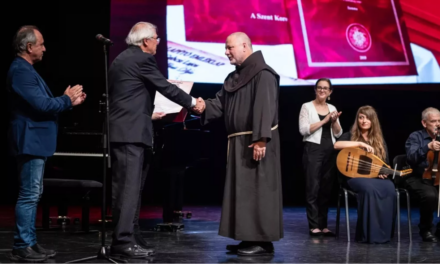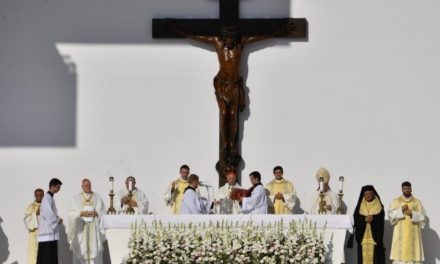On September 8, our church celebrates the birthday of the Virgin Mary (Nativitas Beatae Mariae Virginis). The Jerusalem tradition honored the place of Mary's birth next to the Baths of Bethesda, where a church was built in honor of St. Anna at the beginning of the 5th century, and on the anniversary of its consecration, September 8, Mary's birth was commemorated.
Pope Sergius I probably introduced the holiday to the Western Church at the end of the 7th century, and then IV. Pope Ince added an eighth in the 13th century, which lived until 1955. The Hungarian name of the holiday can be traced back to the 15th century.
In honor of the Stella puerpera Solis ("beautiful morning star"), it was customary to wait for the sunrise outdoors at dawn on the eighth of September, to join the angels who rejoice at the birth of Mary in heaven. It was believed that whoever "deserves it" will see the Virgin Mary in the morning. According to folk observations, the swallows start their journey at Kisasszony.
From this symbolism grew the 19th and 20th century. At the turn of the century, it was still a tradition in the Balaton Region and Göcse to expose the seed to the dew on the night before the holiday or early in the morning, so that it would not rot. In the language of the people, the period between the two great feasts of Mary: August 15 and September 8 was called the period between two women.
There are rich apocryphal traditions about the birth of Mary, and these have also been included in our codex literature. It can be read in the Anna legend of the 16th century Teleki Codex:
"St. Anne's hour is coming, and she is born on a certain Tuesday of the week. In health, she gave birth to the royal offspring of the righteous David, the daughter he chose before the world, the sweet Virgin Mary. As they were taught as an angel, because she was the future enlightener and woman of this world and the star of the sea."
In his Jelkép calendar, Marcell Jankovics testifies about the holiday like this: "Our ancestors originally honored St. Anne, the "legendary" mother of the Virgin Mary, in Nagyboldogasszony.
He connects this, the commemorative day of Mary's birth, with another notable day, the feast of Mary's conception on December 8, called the Immaculate Conception, which serves as an additional explanation for the cult and depictions of the Woman Clothed in the Sun that arose in the Middle Ages, as well as the pictorial messages of the Jesse tree altar in Gyöngyöspata. The oval image visible in the corner of the crown of the altar tree depicts the birth of Mary, the church itself was also dedicated to "Kisasszony", her farewell day is September 8.
According to Felvidek.ma













